
Active Learning Machine Learning
Active Learning Machine Learning
In the world of machine learning, data is king. But while vast amounts of data might be available, high-quality labeled data—the kind needed for supervised learning—often comes at a steep price. Whether it’s the time, cost, or domain expertise required, labeling data can be a significant bottleneck.
Enter Active Learning: a smart, efficient approach to labeling that turns the traditional supervised learning process on its head. Instead of labeling everything upfront, active learning allows the model to selectively choose which data points to label, focusing efforts only on the most valuable examples.
Complete Python Course with Advance topics:-Click Here
SQL Tutorial :-Click Here
Data Science Tutorial:-Click Here
🔍 What Is Active Learning?
Active Learning is a technique where a machine learning algorithm interactively queries a human (or another oracle) to label particularly informative data points. The goal is simple: train better models with less data by labeling only those examples that help the most.
Rather than labeling a large random sample, active learning focuses on examples that the model is most uncertain about or that are likely to improve its performance significantly. This approach is especially useful in domains like healthcare, legal tech, and scientific research—where expert-labeled data is expensive or limited.
🧠 Key Strategies in Active Learning
Several strategies help determine which data points are worth labeling. Let’s explore the most common and impactful ones:
1. Uncertainty Sampling
This is the most widely used strategy. The idea is to select the data points the model is least confident about:
- Least Confidence Sampling: Choose samples where the model’s predicted probability for the most likely class is lowest.
- Margin Sampling: Pick points where the difference between the top two predicted class probabilities is smallest.
- Entropy Sampling: Select based on entropy in class probabilities—higher entropy means greater uncertainty.
2. Query-by-Committee (QBC)
This method maintains a “committee” of models trained on the current labeled dataset. It selects data points where these models disagree the most.
- Use different model architectures or initializations for diversity.
- Measure disagreement using metrics like vote entropy or KL divergence.
3. Expected Model Change
Instead of just looking at uncertainty, this strategy identifies samples that, if labeled, would cause the biggest change to the model.
- Often implemented using gradient-based methods that estimate how much the model would change when a sample is added.
- Ideal for maximizing learning impact with each new label.
4. Density-Based Methods
These techniques ensure that the selected data points are representative of the overall dataset—not just outliers.
- Clustering: Choose representative points from each cluster.
- Uncertainty + Density: Prioritize uncertain points that lie in dense regions of the data space.
5. Diversity Sampling
The focus here is to avoid redundancy and ensure a wide range of examples are selected.
- Submodular Optimization: Use diversity-focused mathematical models to pick varied data points.
- Maximal Marginal Relevance (MMR): Balance informativeness with diversity.
🔄 The Active Learning Workflow
Active learning follows an iterative process to continuously improve the model. Here’s a step-by-step look:
1. Initial Model Training
- Begin with a small labeled dataset (random or representative samples).
- Train an initial model using a suitable algorithm (e.g., logistic regression, decision trees, neural networks).
2. Query Selection
- Apply one of the query strategies to find the most informative unlabeled data points.
- Select a batch size based on resources and requirements.
3. Label Acquisition
- Send the selected data for labeling (by human experts, crowdsourcing, or automated systems).
- Ensure high label quality to maintain model accuracy.
4. Model Update
- Add newly labeled data to the training set.
- Retrain the model for improved performance.
5. Iteration
- Repeat the cycle: select, label, and retrain.
- Continuously evaluate the model on a validation set to track progress.
6. Stopping Criteria
- Stop when one of the following occurs:
- Target accuracy is achieved.
- Labeling budget is exhausted.
- Additional labels yield diminishing returns.
✅ Benefits of Active Learning
Active learning isn’t just a smart trick—it’s a game-changer in modern machine learning. Here’s why:
1. Cost Efficiency
- Fewer Labels, Greater Impact: Save time and resources by labeling only what’s necessary.
- Focused Human Effort: Experts spend time on high-value tasks, not routine labeling.
2. Better Model Performance
- Faster Convergence: Learn faster with informative examples.
- Higher Accuracy: Especially effective in tricky or ambiguous cases.
3. Handling Class Imbalance
- Actively target underrepresented classes.
- Improve performance across all categories, not just the dominant ones.
4. Scalability
- Works well on large datasets by avoiding full labeling.
- Can be integrated into scalable pipelines for industry-scale problems.
5. Effective with Limited Data
- Get the most out of small datasets.
- Valuable in domains like medicine, where data is scarce and precious.
6. Robustness & Generalization
- Focuses on borderline and ambiguous cases, making the model more robust.
- Trains the model to perform better on real-world, unseen data.
Download New Real Time Projects :-Click here
Complete Advance AI topics:- CLICK HERE
🧾 Final Thoughts
Active learning transforms the way we approach data labeling in machine learning. By letting models ask the right questions, we can train smarter, faster, and more efficiently—without breaking the bank on labels.
In an era where data is abundant but labeled data is not, active learning stands out as a crucial strategy for scalable and intelligent model development.
active learning machine learning example
active learning machine learning javatpoint
active learning machine learning tutorial
active learning nlp
active learning vs reinforcement learning
active learning in deep learning
active learning query strategies
active learning reinforcement learning
ml | active learning
active learning machine learning example
active learning machine learning javatpoint
active learning machine learning paper
active learning machine learning tutorial
active learning nlp
active learning vs reinforcement learning
active learning machine learning pdf
active learning machine learning github
reinforcement learning
federated learning
ml active learning
active learning ml examples
active learning strategies ml
active learning for ml enhanced database systems
active reinforcement learning in ml
active learning methods ml
active learning ml model
ml active players
aml learning




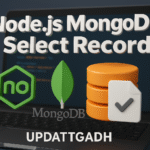
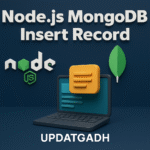
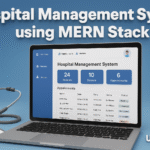
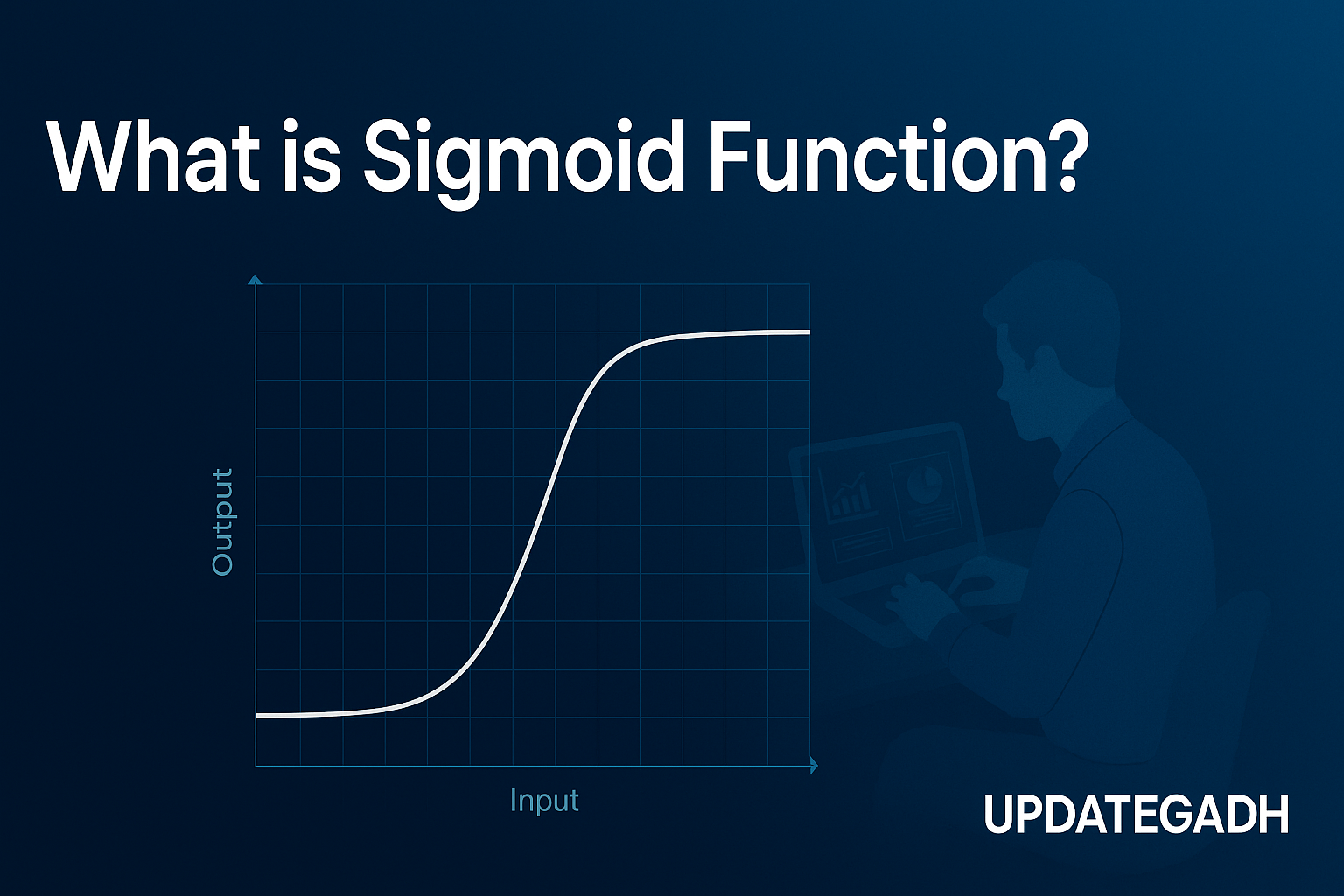
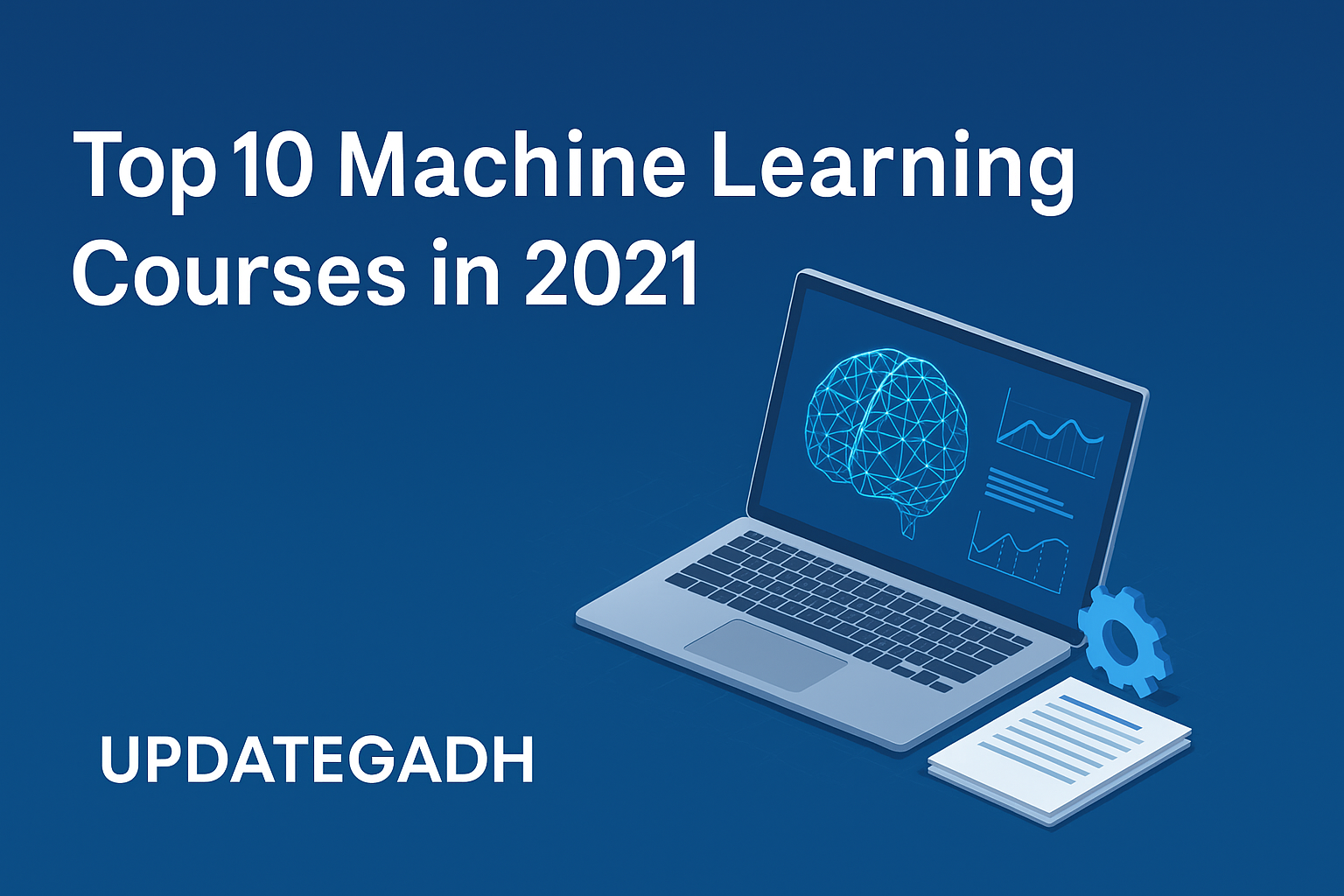
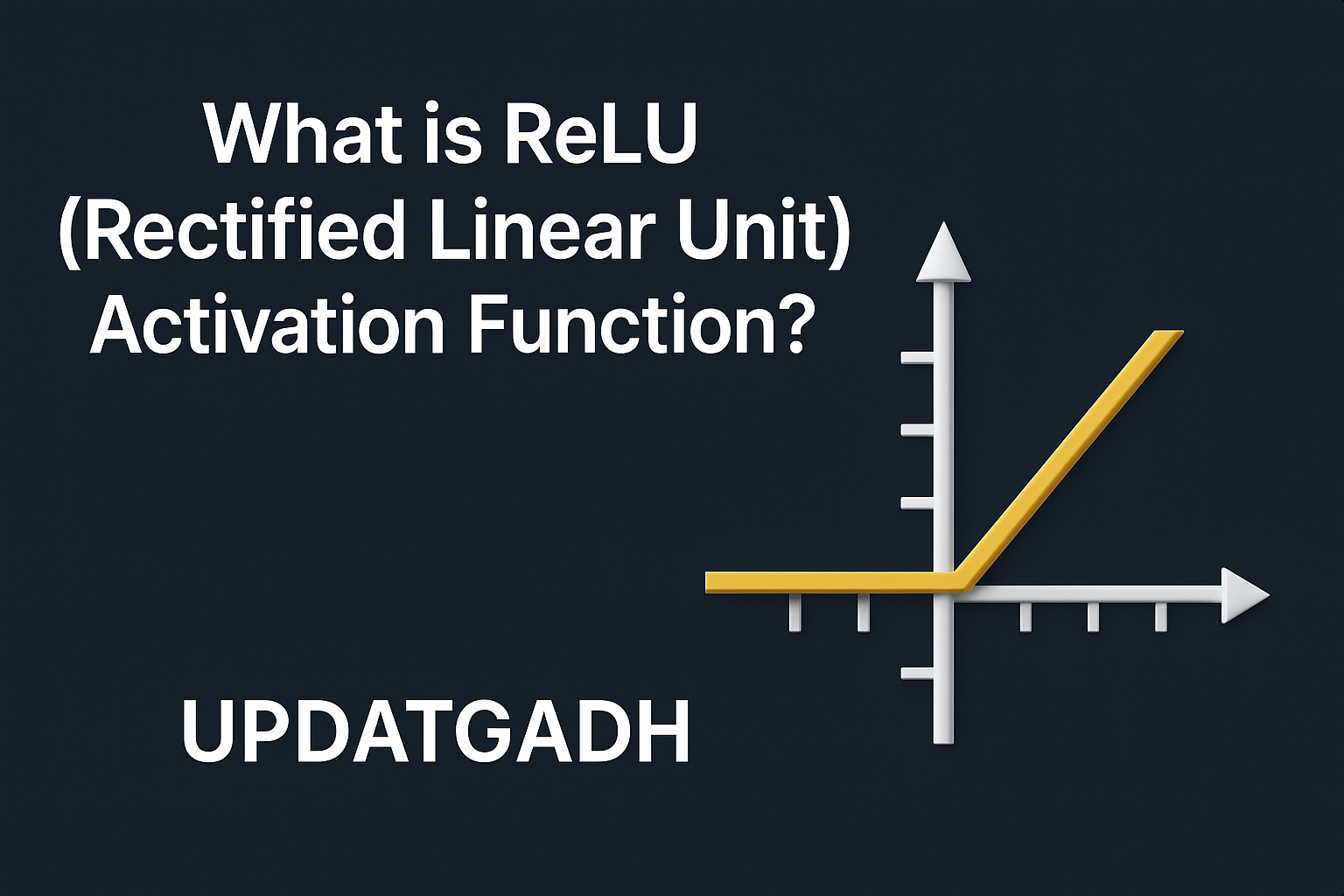
Post Comment